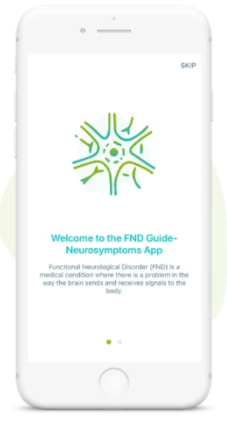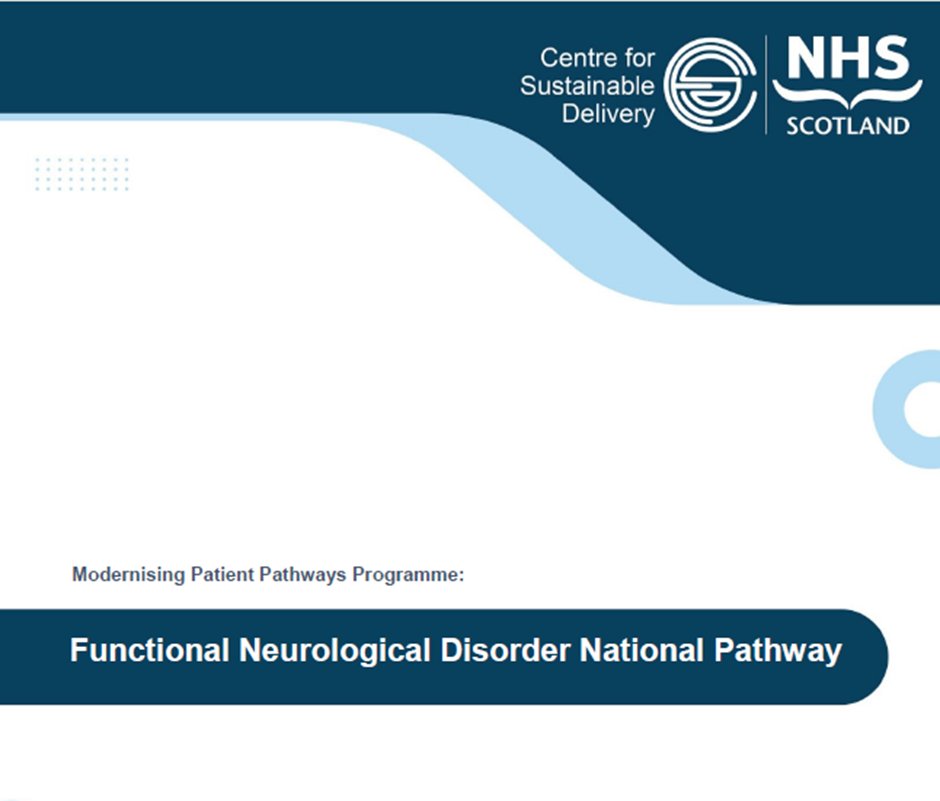Today we are launching the new neurosymptoms.org website and app - now named Neurosymptoms FND Guide. This thread takes you through the new features. I hope you like it! Its at the same address 1/ 

I started neurosymptoms.org in 2009, frustrated that there was literally NO information for my patients with FND online Since then, the FND landscape has changed dramatically. We have many FND organisations and from 2019 @FNDSociety for health professionals. 2/ 

Neurosymptoms is used by around 50,000 people a month around the world, and is often recommended by health professionals. Its not a treatment for FND in itself, we’ve shown that in a trial - n.neurology.org/content/95/13/…, but I hope it’s a good starting point. 3/
The old site, was looking REALLY old, and also performed badly on mobile. In Oct 2020, Scottish Government Neurological Framework funding bit.ly/3h34Da8 enabled me to work with Pooja Jain and her team @Cogni_Health. Thanks Pooja - wow you've been patient with me! 4/ 

Ta-na! The new site follows a similar structure to the old one. You’ll find factsheets have their own page and there is a new FAQ section. 5/ 

There is a lot of content now that I've co-written with colleagues. Special thanks to @AlanCarson15 @IngridHoeritza1 @lauramcw @BibaStanton @CNicholsonOT @ChristosGanos and many others who either wrote or contributed to sections. 6/
Thank you as well to 434 of you that completed a survey about the site last year (65% people with FND, 24% healthcare professionals). We can't do everything we want to yet but you gave us lots of great advice. 7/
If you don’t like change (or the new site), no worries – the old site is still accessible at old.neurosymptoms.org. 8/
I am really grateful to all my colleagues around the world who have made alternative language versions. They are accessible via the old site still but we will soon be able to get them on this one and the app. 9/
So whats new? Its our brand new free app that Im especially excited about for iphone apps.apple.com/us/app/neurosy… and android play.google.com/store/apps/det… 10/ 

Here are some screenshots from the app. For the first time its clearer which are ‘core’ FND symptoms, like tremor and seizures, and which are ‘common associated’ symptoms like pain and dissociation 11/ 

We also have a more organised and accessible – ‘personal stories’ section from people who have generously shared their stories with me over the years. And a brand new FAQ section 12/ 

I’m really pleased with our new ‘Recommender/Save’ function. The neurosymptoms site has a LOT of information about many problems that most people with FND will never get. That can be scary. 13/ 

The new save/recommender button lets patients or health professionals identify the resources that they think may be helpful and share them. Look for this icon on the site or app. 14/ 

This takes you to the ‘recommender’ page so you can save items, then share them by email/airdrop/whatsapp with your family/friends or patients in clinic, tailoring the information better to them 15/ 

As ever the site and all content is free with no adverts. We are doing this because we think its needed, not for any other reason. There are some new pages in there. Ill be tweeting separately about them later this week 16/
Please let me know if you have ideas for FAQs or content and I'll add it to my 'to do' list! 17/
We want to support and complement other FND organisations and advocate. We especially want to plug @MyFNDapp run by @chris_sym which helps people with FND track their symptoms with ideas about self-management. 18/
Everyone in the FND community brings something different and important. I hope neurosymptoms will remain part of that as we carry on growing @FNDHope @FNDHopeUK
@FNDHopeUSA
@FNDAus
@FNDAction
@FNDDimensions
@FndPortal
@FndRecovery
@fndconnect
@FNDSociety
END!
@FNDHopeUSA
@FNDAus
@FNDAction
@FNDDimensions
@FndPortal
@FndRecovery
@fndconnect
@FNDSociety
END!
• • •
Missing some Tweet in this thread? You can try to
force a refresh
















